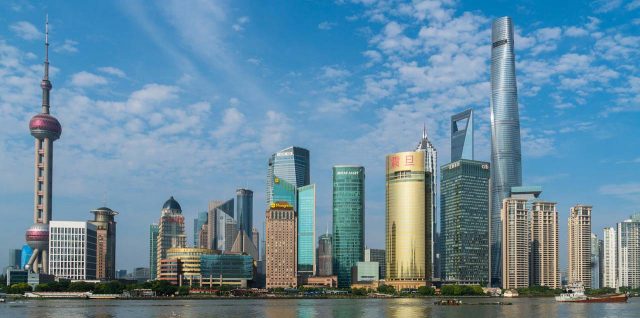About

The Belt and Road Initiative (BRI) is a development strategy announced by Chinese President Xi Jinping in 2013.
The BRI, previously known as the One Belt, One Road, refers to the New Silk Road Economic Belt, which will link China with Europe through Central and Western Asia, and the 21st Century Maritime Silk Road, which will connect China with Southeast Asian countries, Africa and Europe.
Touching 64% of the world’s population and 29% of the world’s GDP, the BRI is massive in both scale and ambition. It aims to increase connectivity and cooperation between East and West, and boost the infrastructure of around 65 countries.
The Belt and Road: London’s role
London is the natural Western end of the Belt and Road, and can support the success of the Initiative by being a key hub for the international infrastructure investment required to deliver projects along the BRI.
The scale of the BRI is such that global financial centres must work together to deliver the projects, and we look forward to building connections with hubs across the BRI map to do this.

In Asia alone, the Asia Development Bank (ADB) estimates that there are $1.7 trillion of infrastructure needs every year until 2025. Some of this will be met though public financing and multi-lateral institutions- indeed, the Silk Road Fund and Asia Infrastructure Investment Bank (AIIB), of which the UK is a Founding Member, have been set up for exactly this purpose. However, despite this welcome support, there is still a huge financing gap that can only be met by private investment. This is where London – as the world’s leading financial services centre has a role to play.
London is the number one exporter of financial services across the world, with a trade surplus of £110 billion. Together, financial and professional services employ over 2 million people across the UK. London houses more foreign banks, and accounts for more international bank lending, than any other financial city– including New York, Hong Kong, Singapore and Dubai.
London is the Foreign Exchange capital of the world – the global leader in US dollars, Euros, Japanese Yen, and the largest RMB clearing house outside of Greater China. We have Europe’s largest and the world’s 4th largest insurance market, and are Europe’s largest asset management centre and 2nd only to the US globally . We’re also home to the world’s most international stock market, the London Stock Exchange (LSE), which boasts the most comprehensive specialist green bond offering of any global exchange in the world. The LSE lists bonds from 1/3 of all BRI countries, and equities from 8 BRI countries. The deep, liquid capital markets in London allow us to be a financial innovation centre, supporting the growth, development and regulation of new finance sub-sectors, like green finance, fintech and cyber.
We already have solid foundations in infrastructure financing. Globally, nearly 8% of global infrastructure financing was generated through the UK in 2016 – second only to Russia in the EMEA region. This amounted to over $18 billion in 72 deals, including more than $1.2 billion of lending to emerging markets. In terms of global project finance bonds, the UK was only second to US, issuing over $4 billion in 15 deals.
London is also well placed when it comes to providing the professional services needed in the BRI, including legal advice and risk management in the form of both insurance and reinsurance, and consulting engineering, project management and accountancy and advisory services.
The creation of a Green Belt and Road Investor Alliance is the next step in supporting sustainable infrastructure financing to deliver projects along the BRI, bringing together the entire chain of international financial services professionals involved with infrastructure projects. Read more about this exciting venture here.
